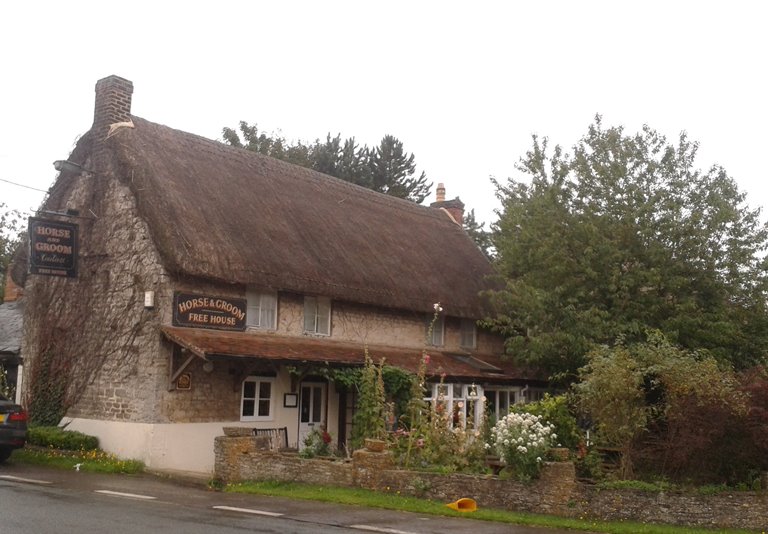A listed building is a building or structure identified as having special architectural or historic interest. Listing gives a building legal protection from demolition and alterations which would destroy historic features or affect its character.
What is statutory listing?
In England, the Secretary of State for Digital, Culture, Media and Sport is responsible for the identification of suitable buildings for statutory listing. Recommendations are made by Historic England (formerly known as English Heritage) to the Secretary of State according to an agreed process with established listing criteria. Historic England is responsible for the administration and maintenance of the list but the final say on listing decisions lies with the Secretary of State.
There are three categories of listed building: Grade I, Grade II* and Grade II, according to the quality of the building and the degree to which it is desirable to preserve and protect the historic features. There are around 380,000 listed buildings in England. Grade I covers buildings of exceptional interest with just 2.5% of all listed buildings falling into this category. Grade II* covers buildings of more than special interest and accounts for 5.5% of all listings. The remainder, and indeed the vast majority, are categorised as Grade II.
Statutorily listed buildings are known as “designated heritage assets” within the National Planning Policy Framework and hold equal status with conservation areas for planning purposes.
How do I use it?
If you are campaigning to protect a pub which is a listed building, you immediately have another weapon in your arsenal as you are able to object to any change of use or alterations on heritage grounds, as well as the common pub protection grounds.
Statutory listing offers additional protections for buildings. These are in addition to any planning controls that would normally apply. Alterations, regardless of whether they constitute ‘Development’ under Section 55 of the Town & Country Planning Act, affecting listed buildings will be subject to additional listed building consent. This consent is applied for independently (although normally at the same time) and the Council needs to be satisfied that the development is appropriate and will not lead to any loss of significance of the heritage asset. The degree of harm will need to be assessed as part of the decision process and Historic England will be consulted and their expert opinion sought. In the pub context, historic bar features, original glass and mirrors, original woodwork in windows, doors, panelling, decorative features, and ornate tiling are just a handful of characteristics that may have led to a heritage pub being registered as a listed building. These are all valid grounds to object to a proposal which would alter the character of the building and prevent future generations from enjoying its splendour.
How do I know if my pub is listed? How do I get it listed?
The register of listed buildings is held by Historic England at http://historicengland.org.uk/listing/the-list/
Local authorities also keep a register of statutorily listed buildings in their area on their websites. Beware: citations and descriptions held by local Councils might not always be up to date.
Any person can apply to have a building considered for listing, whether they are the owner or not. Historic England has strategic objectives and processes applications on a strict priority basis. It will generally only take forward an application for listing where it can be demonstrated that the building is under immediate threat of demolition or major alteration. Applications can be made on the Historic England website, where there are detailed guidance notes which outline the criteria.

